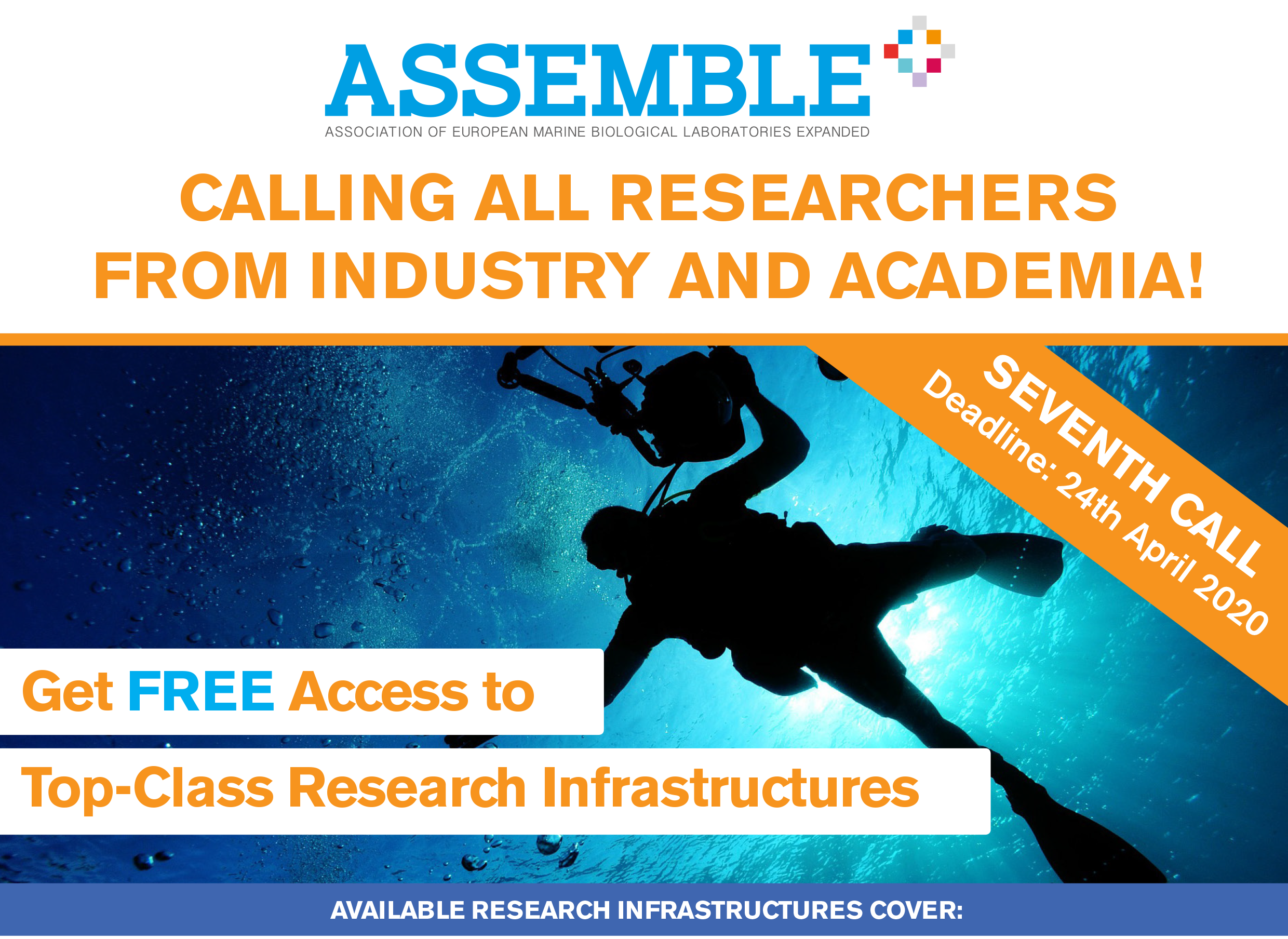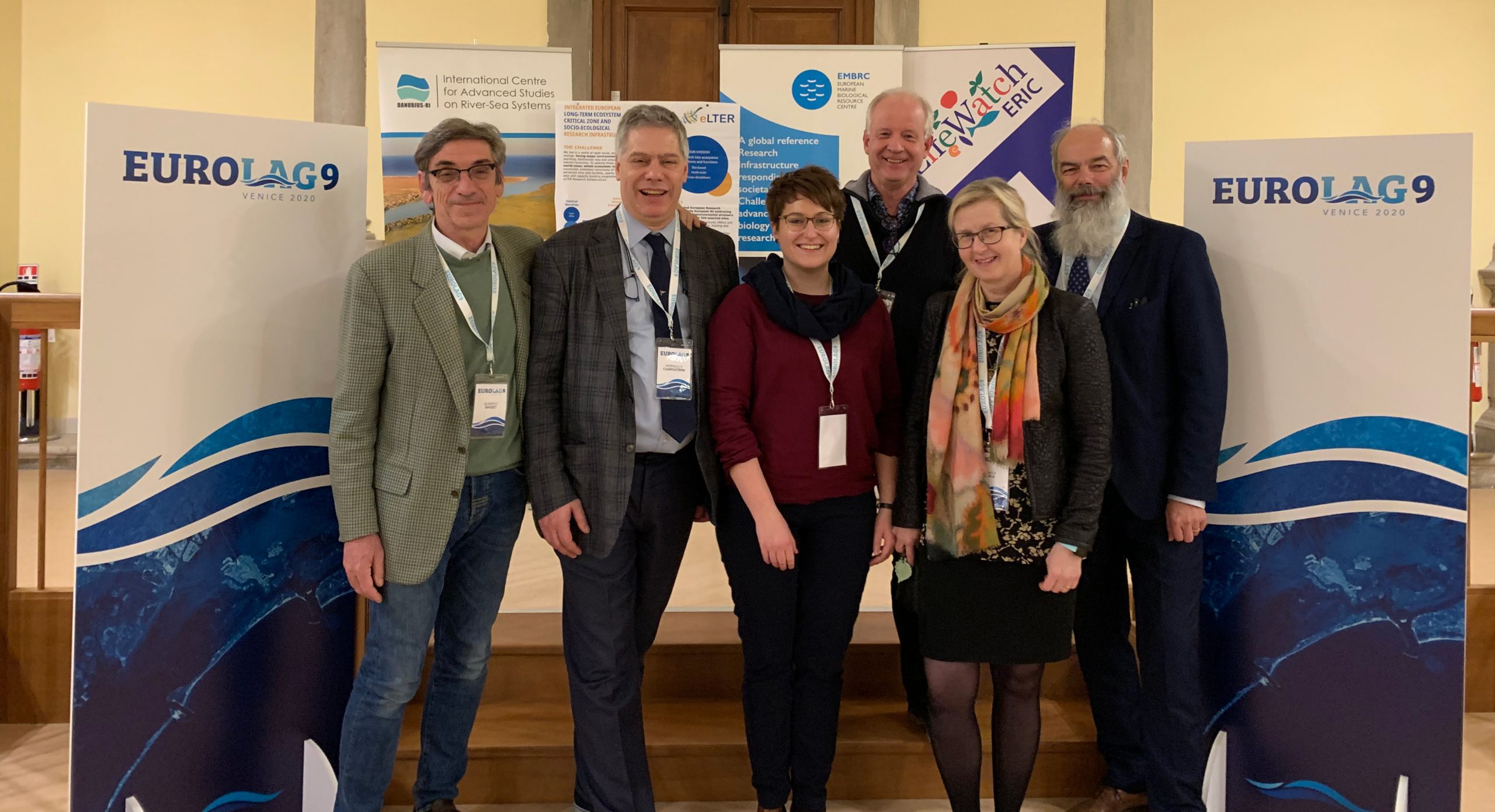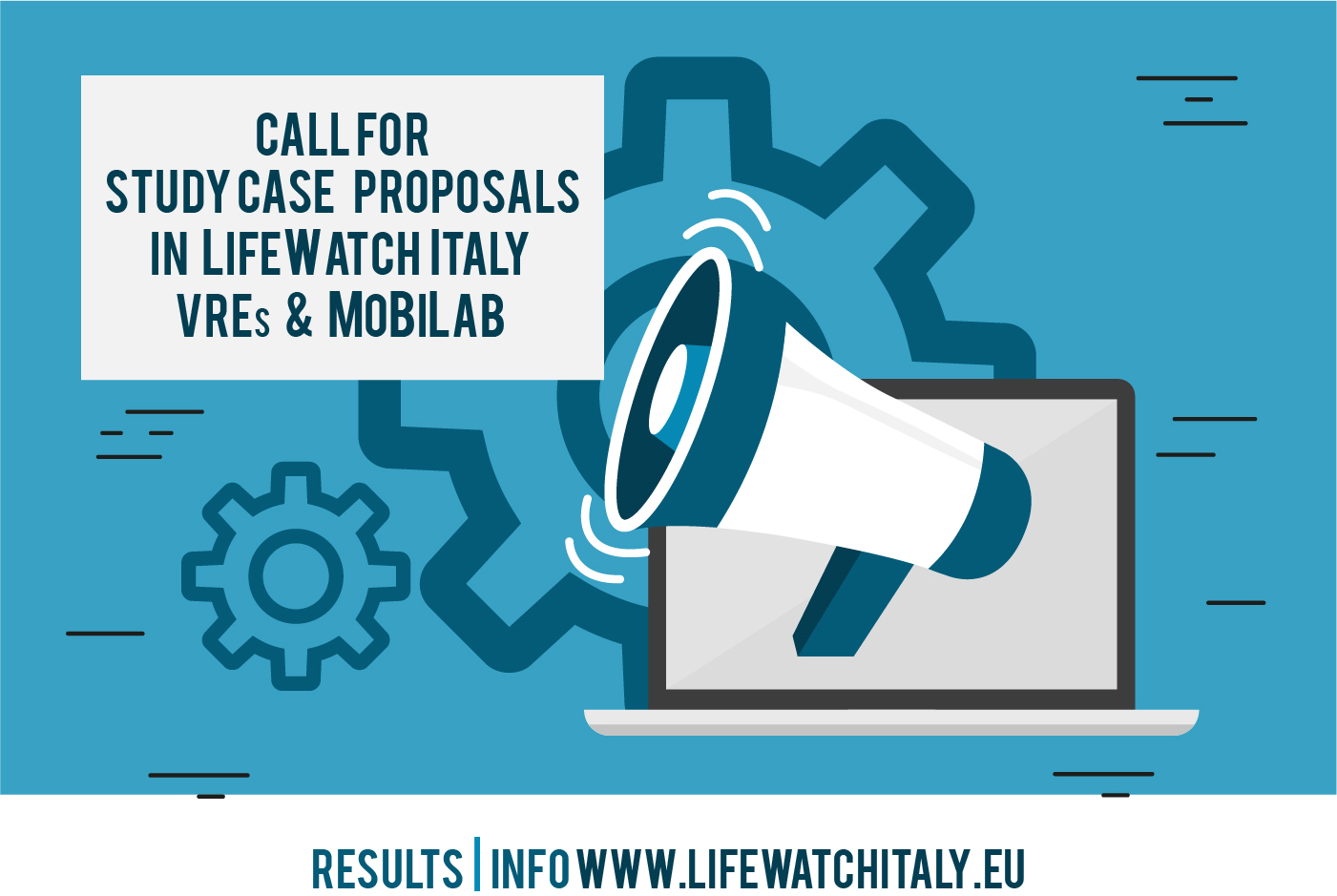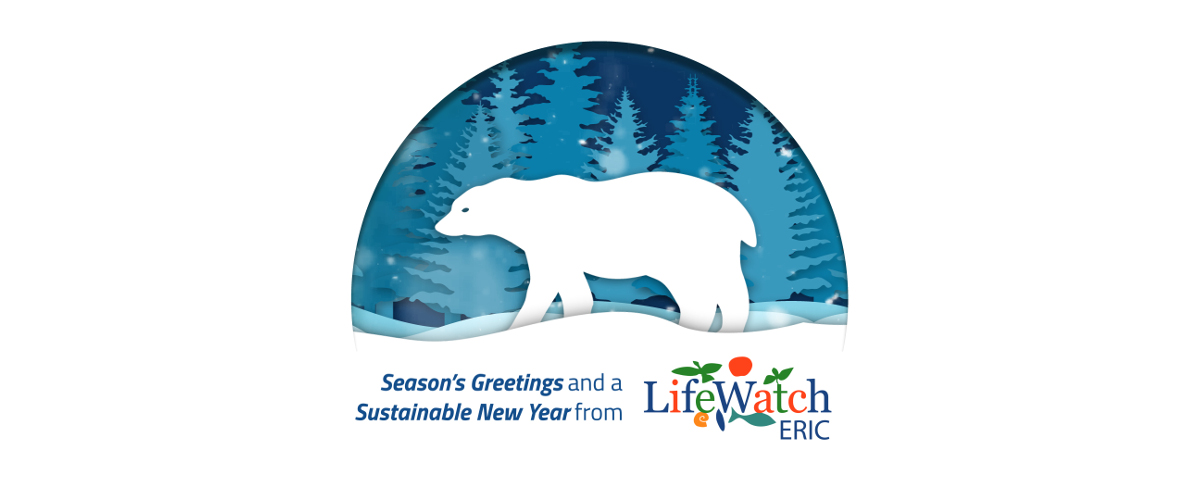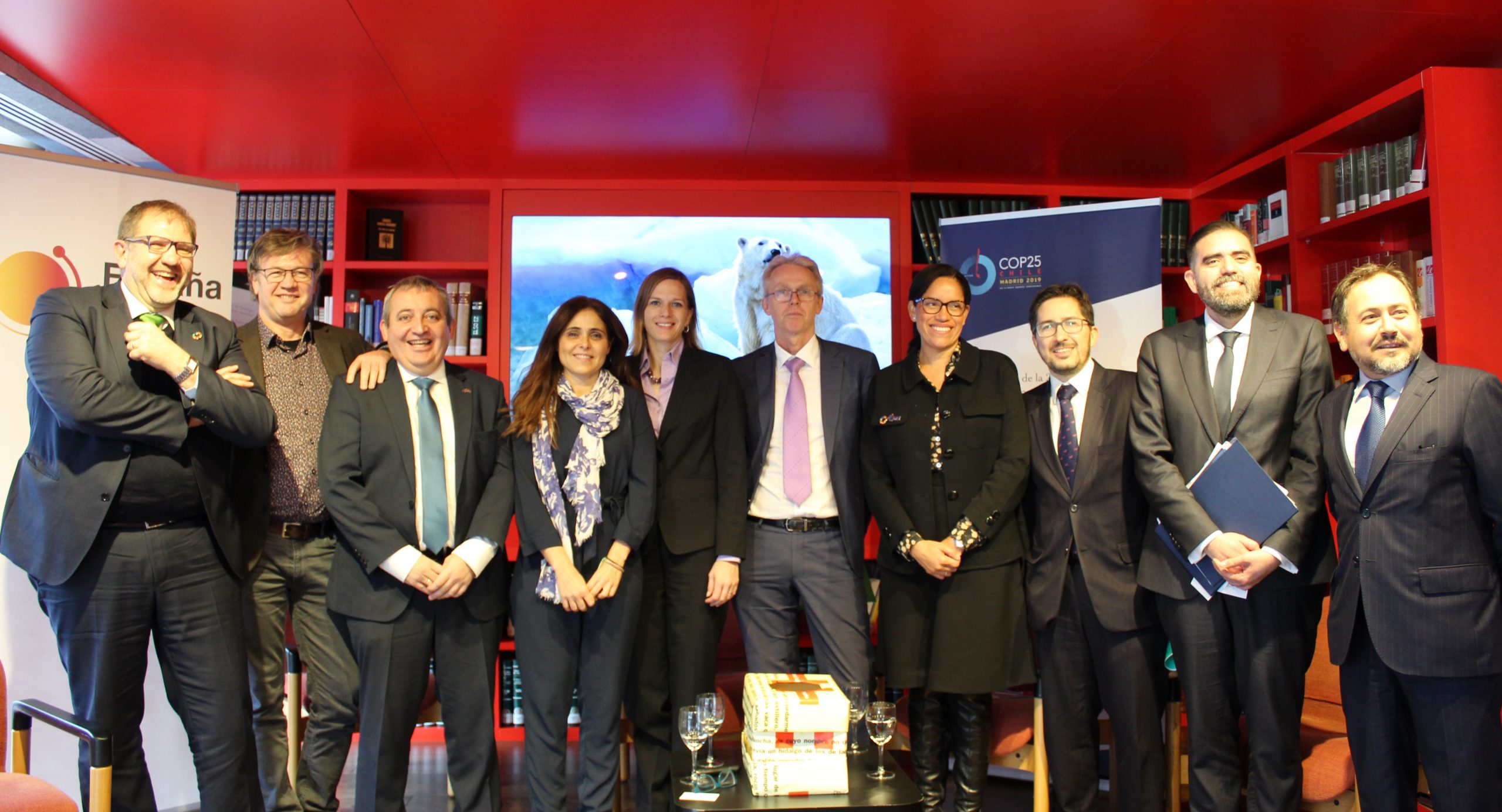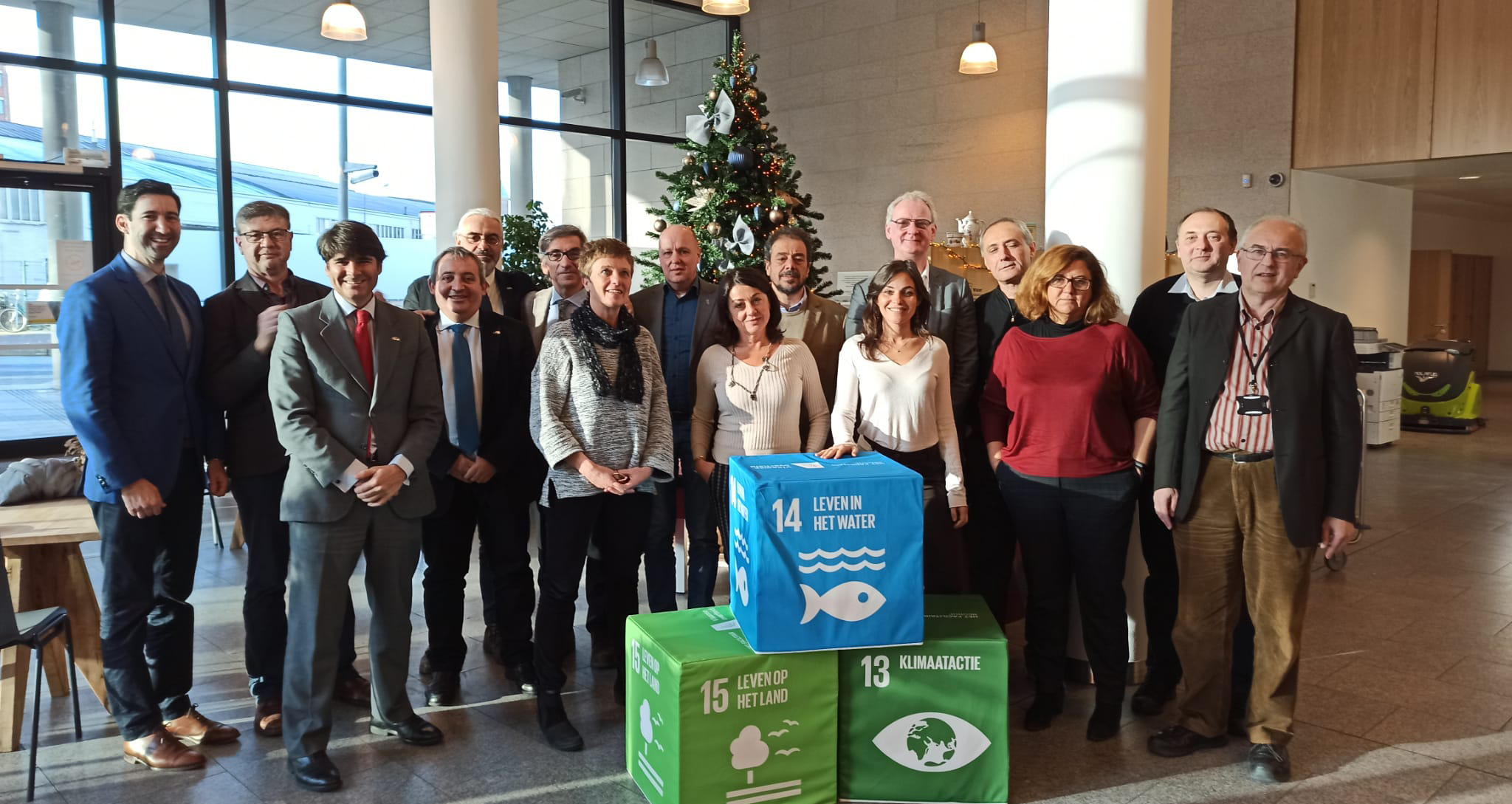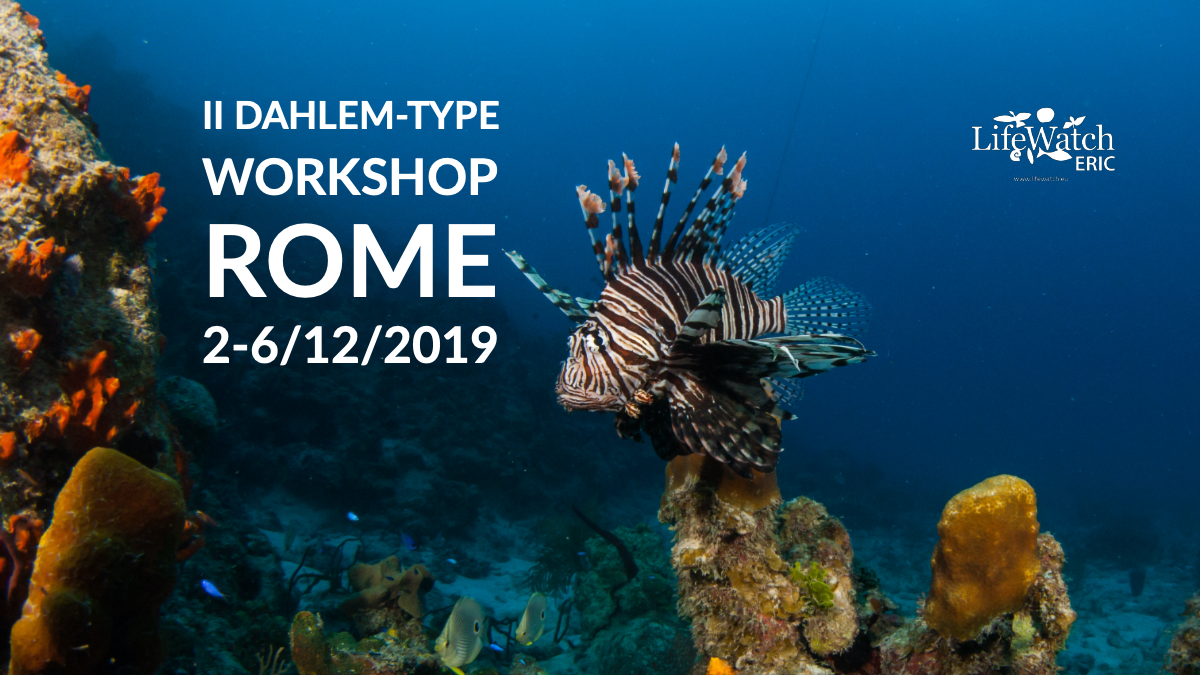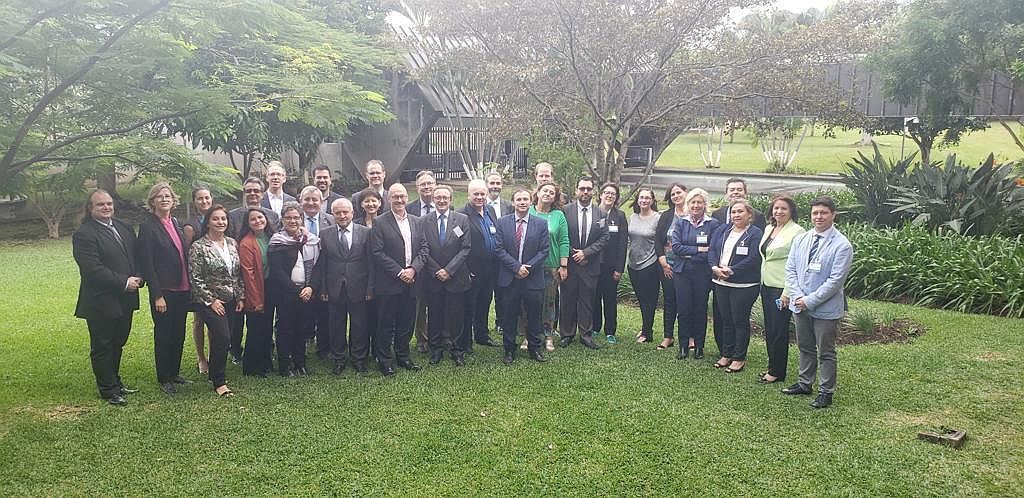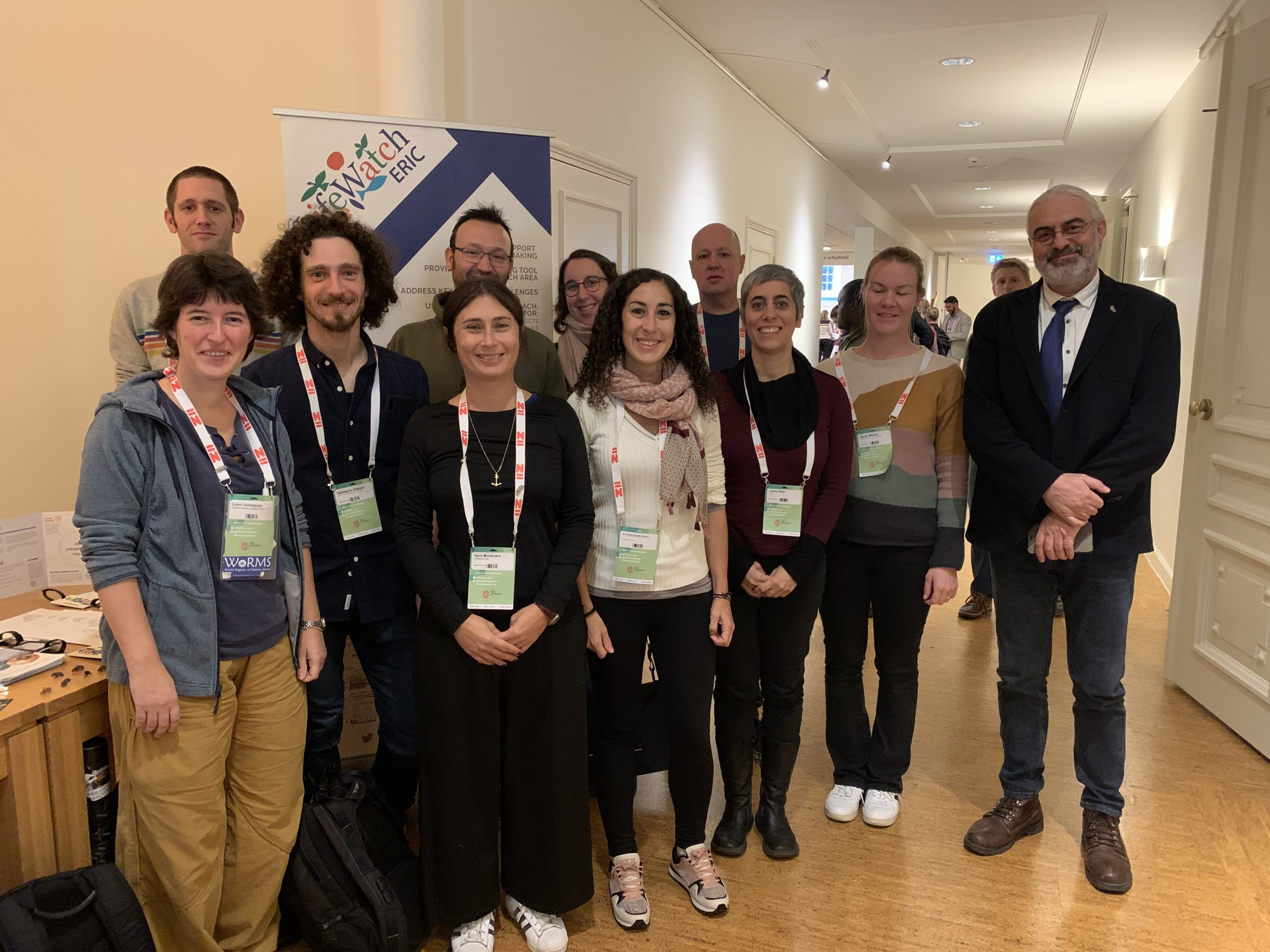The National University of Ireland Galway is looking for a PostDoc in Marine Biodiscovery. Please check the research advert to know more. Applications are invited from suitably qualified candidates for a full-time, fixed term position as a post-doctorate in marine biodiscovery between the School of Chemistry and Ryan Institute at the National…
Continue readingASSEMBLE Plus Transnational Programme
ASSEMBLE Plus has issued a call to academics and researchers to submit proposals for the Transnational Access programme, which offers sponsorship of successful applicants for up to 30 days to carry out research in their marine biological stations.
ASSEMBLE Plus is a consortium of organisations from 16 countries operating under the umbrella of the European Marine Biological Resource Centre (EMBRC-ERIC) and offers access to over 30 marine biological institutions across Europe, complete with travel and subsistence, under Horizon 2020 funding. The deadline for this seventh call for applications is 24 April 2020.
The ASSEMBLE Plus Transnational Access programme provides access to ecosystems (including research vessels and diving facilities), biological resources, technology platforms (molecular imaging, structural and chemical analysis), experimental facilities and e-Services (data sets, analysis, computing and storage). The window of access to research infrastructures is between April and September 2020.
To qualify for access to facilities, platforms, laboratories, travel, accommodation allowances and shipping costs of project material back to the home institution, applicants should be PhDs, postdoc researchers or engineers in teams of up to two, working or studying in recognised institutions in the European Union with an innovative project proposal.
Transnational means that the main applicant must be based in a county different from that of the selected access provider. For more information, click here for the website.
EUROLAG 9
Four environmental Research Infrastructures to build a new joint vision for transitional and coastal environments in the future.
Two years after the last appointment in Athens, the 9th European Coastal Lagoons Conference (EUROLAG) was held in Venice, from 20 to 24 January 2020. Hosted by the Institute of Marine Sciences (ISMAR) of the Italian National Research Council, the Consortium for Lagoon Research (CORILA) and the University of Venice Ca’ Foscari jointly organised this 2020 edition with a focus on science, research and management issues related to lagoons and transitional areas.
The EUROLAG conference marked a very important step not only on the specific coastal lagoon scientific and managerial issues approached in the five days, but it also distinguished itself by putting in the spotlight European research infrastructures, their potential and capacity to tackle big societal challenges, and connecting and supporting scientists in their work.
The conference opened every day with a keynote talk given by one of the four research infrastructures involved: LifeWatch-ERIC, eLTER, Danubius-RI and EMBRC-ERIC. These sponsors combined their efforts and pooled their strengths to chart a path towards how environmental research infrastructures can collaborate in transitional and coastal environments in the future, avoiding the duplication of tasks, and identifying areas for more intense cooperation and engagement with stakeholders.
More information on the congress, its programme and contributed sessions are available on https://www.eurolag9.it/.
Evaluation LW ITA Call for case study proposals
[vc_row top_padding=”30″][vc_column width=”1/1″][vc_column_text]
We are pleased to inform that the evaluation procedure of the research projects submitted to the 2018 Call for study cases proposals in the Phyto VRE and Alien Species VRE and at the distributed Laboratory of “Molecular Biodiversity” (LW-ITA Call) has been completed.
We received a total of 34 Applications. Based on the requirements and priority guidelines specified in the Call, the submitted proposals have been verified for compliance with the mandatory requirements, reviewed based on scientific and technical merit and on societal impact and results are downloadable here and on the call page.
Results of the call for case study proposals in the Phyto VRE and Alien Species VRE
Results of the call for case study proposals at the distributed Lab. of Molecular Biodiversity
[/vc_column_text][/vc_column][/vc_row]
Season’s Greetings and a Sustainable 2020
Round Table COP25
The 25th UN Climate Change Conference, originally planned for Chile, is taking place in Madrid, Spain, 2-13 December, 2019. LifeWatch ERIC Chief Technical Officer, Juan Miguel González-Aranda and Francisco Hernández, Coordinator of LifeWatch Belgium, presented on Tuesday 10 December to the Round Table COP25: Opportunities & Challenges and the 2030 Agenda.
The event, co-organized by the Chilean and Spanish ambassadors to Brussels, Patricio Torres and Beatriz Larrotcha Palma, was supported by LifeWatch Belgium, LifeWatch Spain and LifeWatch ERIC, and hosted in the Instituto Cervantes, Brussels, by its Director, Ana Vásquez. The keynote address was given by Barbara Pesce-Monteiro, UNDP Office, Belgium, the UN Secretary General’s representative to the UN and Belgium.
The panel discussion moved from the vision of climate diplomacy to its implementation, covering experiences on mitigation and adaptation to climate change in line with the 2030 agenda. As the pre-eminent infrastructure for biodiversity and ecosystem research, combining the scientific community and national institutions, it is fundamental for LifeWatch ERIC to be part of these international strategic discussions on climate change.
5th LifeWatch ERIC General Assembly
The Dirk Bouts Building in the Flemish Administrative Centre (VAC) in Leuven, Belgium, was the scene for the 5th LifeWatch ERIC General Assembly, from 11 to 12 December 2019, chaired by Geert Verreet. Composed of the representatives from all full Member States and observers, the purpose of General Assembly Meetings, the highest governing body of LifeWatch ERIC, is to set the overall direction and to supervise the development and operation of LifeWatch ERIC.
At the heart of this 5th General Assembly lies the prototype of the LifeWatch ERIC Platform, an integrated initiative of LifeWatch ERIC Common Facilities presented by the CTO, Dr Juan Miguel González-Aranda. Thanks to its application layers and user-friendly interfaces, the prototype will enable the integration of all the resources, including web services developed by National Nodes over the years, as well as those resulting from Common Facilities and Joint Initiatives, like the recent investigation undertaken by the infrastructure members on the current and future challenges of NIS in Europe, into Virtual Research Environments (VREs). The prototype was adopted by the General Assembly, officially marking the beginning of the deployment and operational phase, with its implementation expected to continue until the end of next year.
With many other important issues on the agenda, this rich two-day meeting moved from a review of LifeWatch ERIC activities in 2019 to forward planning for 2020 and delivering general frameworks for implementation. Among these, the Assembly approved the general framework for Service Level Agreements (SLAs) to be used as the basis for a roll-out to national nodes in the course of the year, and an engagement policy to reinforce our dialogue with – and capacity to reach out to – external stakeholders. By finalising the rules and procedures for subsidiary bodies, and having established the selection committee to complete the recruitment of one of the most strategic positions, the Chief Financial Officer, LifeWatch ERIC will be in good shape to hit the ground running in 2020.
II Dahlem-type Workshop
The LifeWatch ERIC Internal Joint Initiative was launched in October 2019 to design and construct a Virtual Research Environment capable of processing and modelling available data on one of the planet’s most burning biodiversity issues, the proliferation of Non-indigenous and Invasive Species (NIS), in order to help mitigate their impacts.
Development of a new Virtual Research Environment (VRE) is essential to further integrate the tools and services available in the LifeWatch ERIC web portal. The process will allow stakeholders greater ability to develop their research activities within the e-Science Infrastructure, whilst also clearly demonstrating the added value that LifeWatch ERIC’s advanced technologies can bring not only to the biodiversity and ecosystem scientific community, but to policy-making and human wellbeing around the globe.
The concept paper and workflow-timeline developed at the first Dahlem-type workshop in Seville, Spain, 14-18 October, formed the basis of this second Dahlem-type Workshop, organised in Rome, Italy, from 2-6 December, this time coordinated by the LifeWatch ERIC CTO, Juan Miguel González-Aranda. This second Dahlem-type workshop delivered the first prototype of the new LifeWatch ERIC Non-indigenous and Invasive Species Virtual Research Environment. The collaborative construction and deployment approach and the intense interaction between ICT and NIS experts made it possible to achieve definition of the requirements and needs of the scientific community and of the main architecture layers (application, e-Services composition, e-infrastructure integration, and resources) that underpin the VRE.
EU-CELAC
The 3rd Policy Workshop, the 4th WG meeting of the EU-LAC Working Group on Research Infrastructures in San José, Costa Rica, 27-28 November 2019, was dedicated to the Governance of Research Infrastructures under the perspective of scientific collaboration between Europe and Latin American and Caribbean countries.
LifeWatch ERIC Chief Technical Officer and former Chair of ERIC Forum, Dr. Juan Miguel González-Aranda, explored the theme of how effective governance models and management practices can support the internationalisation of RIs and emphasised the importance of working together to establish methodologies that boost bi-regional cooperation.
Hosted in the National Centre for High Technology (CeNAT) and organized by Federico Torres R&D Director at Ministry of Science, Technology & Telecommunications of Costa Rica, the workshop was opened by Adam Tyson, Head of Unit Research and Industrial Infrastructures, DG Research and Innovation, of the European Commission, and Fernando Amestoy, Chair of the Latin America and the Caribbean Working Group on Research Infrastructures, Director of the Institute Polo Tecnológico de Pando, Uruguay.
“It’s always inspiring to be involved in these two-way exchanges with Latin America and the Caribbean through close cooperation in the context of biodiversity and ecosystem research and sustainable management topics, in a climate change scenario where researchers, decision makers and citizen scientists come together to address this global societal challenge… and we Research Infrastructures in the field of biodiversity and ecosystem research have much to share – all together, we all benefit,” said Juan Miguel González-Aranda.
LifeWatch ERIC has been involved in this collaboration since the first meeting of the EU-Latin America and Caribbean Working Group on Research Infrastructures organised by the Senior Officials Meeting (SOM) Joint Initiative on Research and Innovation (JIRI), held in Brussels, Belgium, on 14th March 2017. At that meeting, LifeWatch ERIC was ranked 1st position of interest among the rest of Research Infrastructures.
Subsequently, representatives from LAC came to the LifeWatch ERIC Headquarters at Doñana Natural Park and Seville, Spain, on 25-27 June 2019, in an inter-regional gathering organized by LifeWatch ERIC and promoted by the Spanish Ministry of Science, Innovation and Universities, and the European Commission.
At the same time, LifeWatch ERIC is also partner in the recently approved H2020-INFRA SSUP-RES INFRA proposal, as a model of a distributed e-Infrastructure to consolidate active collaboration of existing EU-LAC Communities of Practice.
The Community of Latin American and Caribbean States (CELAC) was launched in 2010, with the vision of enhancing knowledge on research and innovation activities, projects, results and funding opportunities to strategically deepen the social, political and economic links between the two regions. It comprises 33 countries, and represents approximately 600 million people.
Big Data to tackle biodiversity crisis
Biodiversity Next conference shapes a powerful coalition of biodiversity information scientists and Research Infrastructures.
The world’s largest conference of biodiversity informatics was held from 22 to 25 October in Leiden, the Netherlands. The Biodiversity_Next conference brought together top scientists in the field of biodiversity informatics with one main goal: to jointly intervene in the global biodiversity crisis through big data. Referred to by some researchers as the 6th global extinction wave, the current biodiversity crisis is characterized by the disappearance of thousands of species. The root causes of this extinction wave are climate change, land-use change, and industrialization. Effective intervention in this crisis relies heavily on mobilizing globally interoperable biodiversity data, so the stakes are high for biodiversity data scientists to facilitate decision making with evidence-based knowledge. Biodiversity_Next kicks off and builds upon a global collaboration between key stakeholders and looks into delivering consensus views on the status and outlook of their joint efforts.
Let’s build the future of biodiversity, now and together!
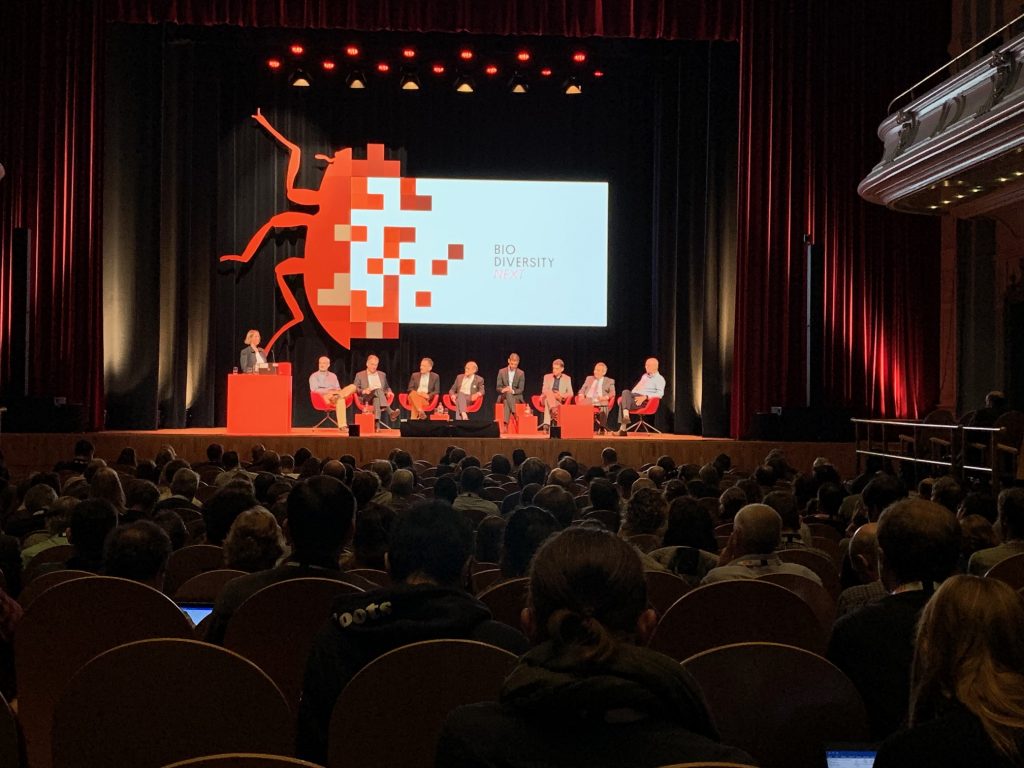
“The major challenge ahead for biodiversity and ecosystem science is of a cultural nature, and it implies moving from working in silos towards a collaborative framework approach, where we all come together, think together and deliver together nature-based solutions to societal challenges” said Christos Arvanitidis, CEO of LifeWatch ERIC, which co-organised the conference. “Biodiversity_Next marked a key step towards a global biodiversity information strategy, its wide success and enthusiastic reception from different stakeholders and the large audience proves how much our research communities and policy makers seek more opportunities to work together and establish new synergies.”
Connecting science, connecting scientists
The stakeholders in this conference were as varied as their backgrounds were diverse. Around 700 participants from more than 76 nationalities represented all the fields of interest to biodiversity informatics: from computer scientists to biologists, from taxonomists to DNA specialists, making this conference even more important. Not only systems and data need to be connected, scientists also need to establish a common language. The current biodiversity emergency can be effectively tackled only by joining forces, putting together expertise and structuring the knowledge constantly produced by the various research infrastructures, organisations and initiatives.
It is of great importance to engage young scientists in biodiversity informatics as this field presents wonderful opportunities to better understand biodiversity organization and functioning and improve our capacity to build future scenarios of change. And to do this globally, a coherent capacity-building program is needed across the fields of biodiversity science and information technology and across the globe. The GBIF Young Scientist Award and Ebbe Nielsen Challenge demonstrate how this can be done. Inclusiveness is a keyword. Hot spots of the world’s biodiversity are in countries building up their scientific capacities, and their economies. A global alliance must address their needs for shared knowledge, and shared data.
The ‘Leiden Declaration’: create a global dataset of life on our planet
Key actors got together at the conference to write a white paper outlining the road forward: the ‘Leiden Declaration’, a commitment towards better data, better science, better policy: ‘Scientific infrastructures are essential to generate services in delivering a comprehensive, accessible and actionable body of biological and geological evidence-based knowledge of global reach. An increasing number of national, regional and international level initiatives generate, integrate and share information on the natural world, highlighting their growing importance to underpin the science-policy interplay and decision-making process. Significant data gaps were identified as well as disconnects between infrastructures, which are needed for a holistic and comprehensive understanding of our planet’s biological and geological diversity.’
On the LifeWatch ERIC participation
LifeWatch ERIC commitment in Biodiversity_Next has been very strong, and on top of being one of the co-organisers of the conference, having sat on its Programme Committee, with its CEO, and Steering Board, with our CTO, representatives of LifeWatch ERIC Common Facilities and National Nodes contributed to the overall programme of the conference, chairing sessions, having talks and posters on our Virtual Research Environments and services. In particular, our CTO Juan Miguel González-Aranda presented LifeBlock, the brand-new service created by LifeWatch ERIC that applies for the first time ever blockchain technology to biodiversity data, ensuring their full trackability and FAIR-compliant data and services.
Oral Communications
• Christos Arvanitidis et al., The Collaborative Potential of Research Infrastructures in Addressing Global Scientific Questions – abstract
• Christos Arvanitidis et al., Combined High-Throughput Imaging and Sequencing: Addressing the collections on demand requirement in SYNTHESYS+ project – abstract
• Stefanie Dekeyzer et al., Marine Species Traits in the LifeWatch Taxonomic Backbone – abstract
• Juan Miguel González-Aranda et al.,Facing e-Biodiversity Challenges Together: GBIO framework-based synergies between DiSSCo and LifeWatch ERIC – abstract
• Leen Vandepitte et al., The LifeWatch Taxonomic Backbone: Connecting information on taxonomy, biogeography, literature, traits and genomics – abstract
Poster presentation
- Sheila Izquieta-Rojano et al., Spanish Scientific Network for LifeWatch-ERIC, e-Science Infrastructure for Biodiversity and Ecosystem Research – abstract

